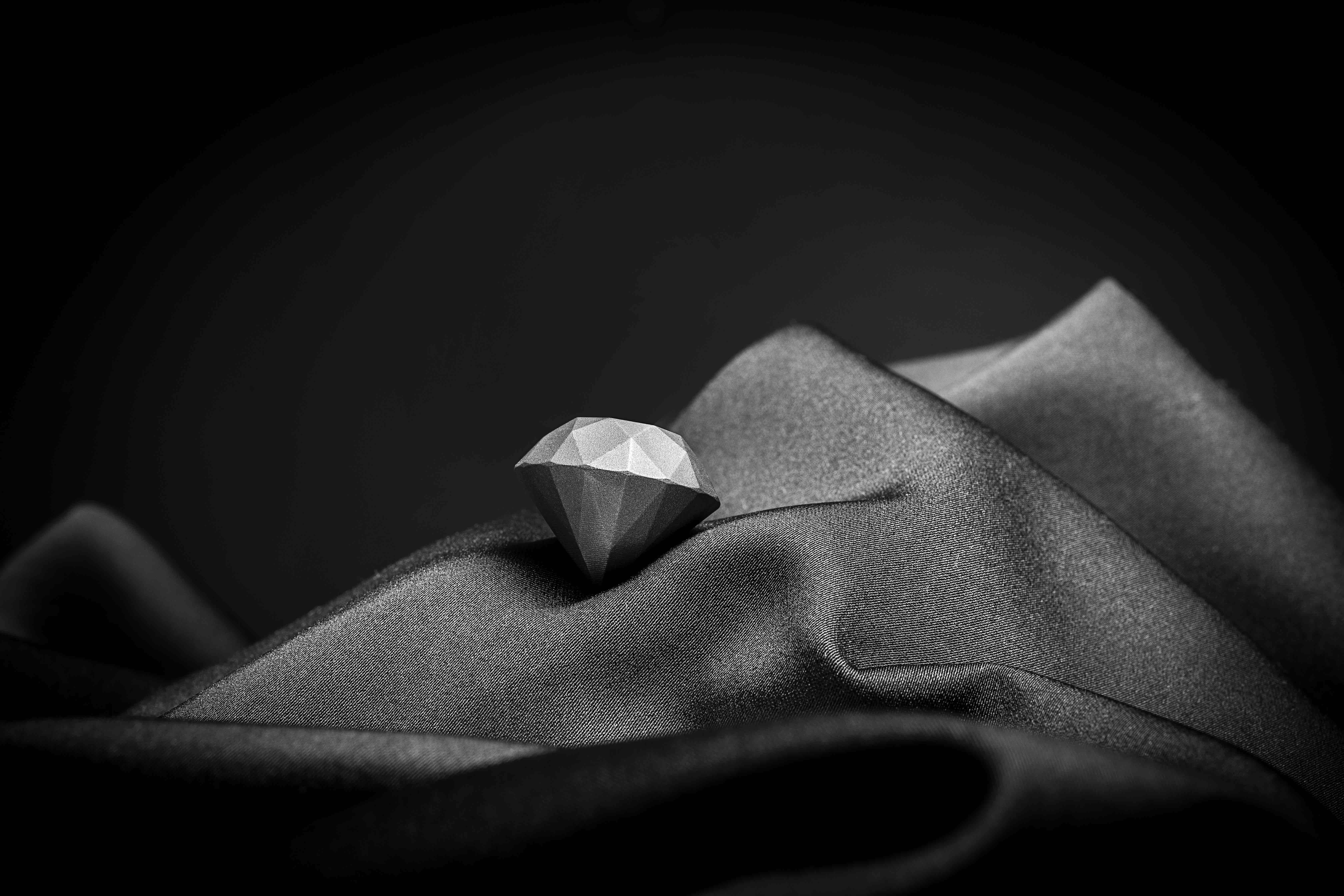Sandvik engineers create world's first 3D printed industrial diamond
Engineers at Swedish engineering group Sandvik have created what is claimed to be the world’s first ever 3D printed industrial diamond composite.

Synthetic diamond, which is 58 times harder than anything else in nature, is a key component in a range of machining, drilling and machining tools.
But whilst it’s been possible to produce the industrial diamonds since the 1950s, it has been impossible to form anything other than a few simple geometric shapes from the super hard material.
The new process, which enables diamonds to be produced in highly complex shapes, could potentially revolutionise the way industry uses the material.
Unlike natural or existing synthetic diamonds, the material produced using Sandvik’s process is a composite. Most of the material is diamond, but to make it printable and dense it needs to be cemented in a very hard matrix material, keeping the most important physical properties of pure diamond.
Mikael Schuisky, head of R&D and Operations at Sandvik Additive Manufacturing explained that the process prints a slurry consisting of diamond powder and polymer using stereolithography, where complex parts are produced, layer by layer, using ultraviolet light.
Register now to continue reading
Thanks for visiting The Engineer. You’ve now reached your monthly limit of news stories. Register for free to unlock unlimited access to all of our news coverage, as well as premium content including opinion, in-depth features and special reports.
Benefits of registering
-
In-depth insights and coverage of key emerging trends
-
Unrestricted access to special reports throughout the year
-
Daily technology news delivered straight to your inbox











Water Sector Talent Exodus Could Cripple The Sector
Maybe if things are essential for the running of a country and we want to pay a fair price we should be running these utilities on a not for profit...